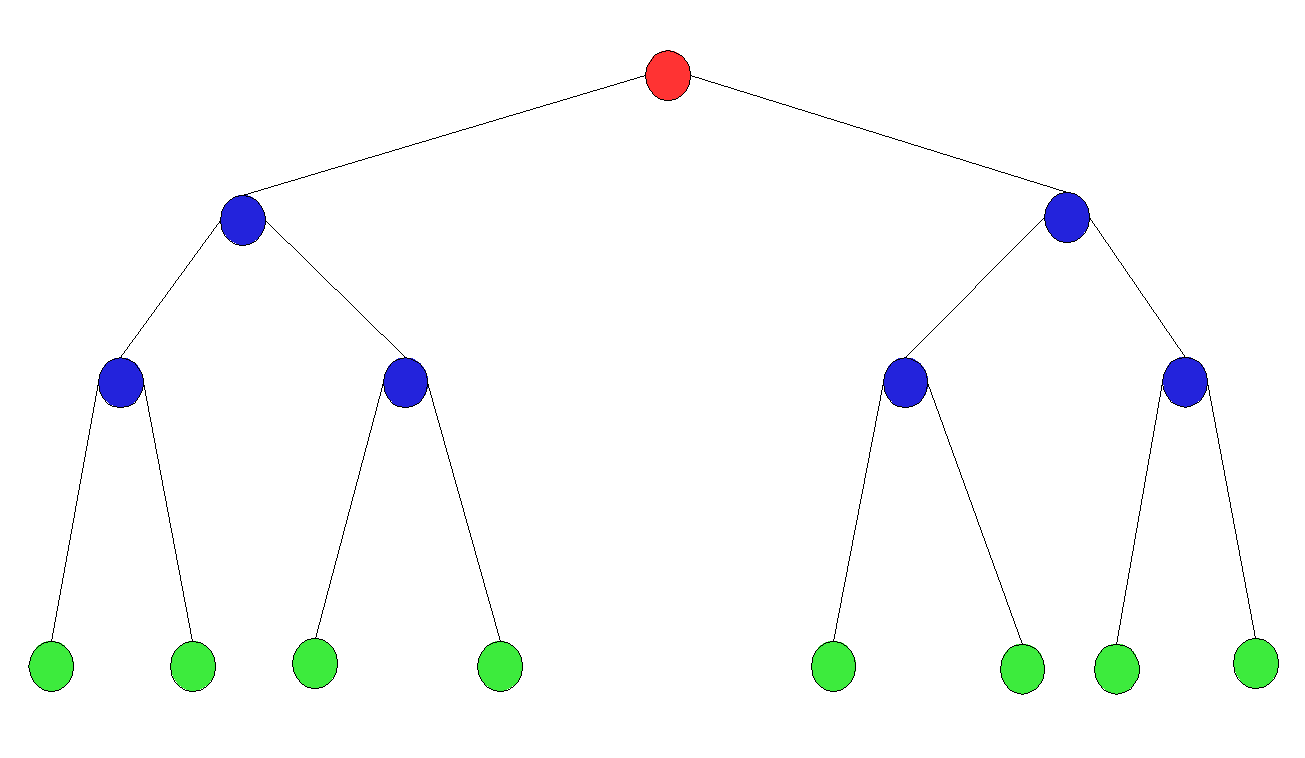LeetCode Array Nesting A zero-indexed array A consisting of N different integers is given. The array contains all integers in the range [0, N – 1]. Sets S[K] for 0 <= K < N are defined as follows: S[K] = { A[K], A[A[K]], A[A[A[K]]], … }. Sets S[K] are finite for each K and should NOT contain duplicates. Write a function that given an array A consisting of N integers, return the size of the largest set S[K] for this array. Example 1:
Input: A = [5,4,0,3,1,6,2]
Output: 4
Explanation:
A[0] = 5, A[1] = 4, A[2] = 0, A[3] = 3, A[4] = 1, A[5] = 6, A[6] = 2.
One of the longest S[K]:
S[0] = {A[0], A[5], A[6], A[2]} = {5, 6, 2, 0}
Note:
- N is an integer within the range [1, 20,000].
- The elements of A are all distinct.
- Each element of array A is an integer within the range [0, N-1].
求嵌套集合的最大长度。首先给定原数组A,嵌套集合为S[K] = { A[K], A[A[K]], A[A[A[K]]], … },就是不断的把值当下标递归的取值,因为数组A中的值的范围也是0~n-1的,所以下标不会超出范围。 暴力方法就是求出每一个S[K]的大小,然后求最大值。但是仔细分析一个样例就会发现,很多S[K]集合是完全一样的,比如第一个样例中,S[0]和S[2]都等于{5,6,2,0},因为他们构成了一个循环。所以我们可以创建一个visited数组,访问过就置1,只对哪些visited为0的下标开始递归。这样对于第一个样例,其实只需要3次递归就可以了,也就是下标到值的构成的图中环的个数:{5,6,2,0},{3},{1,4}。所以总的复杂度其实只有O(n)。 代码如下: [cpp] class Solution { private: int nest(vector<int> &nums, vector<int> &visited, int k) { int ans = 0; while (visited[k] == 0) { visited[k] = 1; ++ans; k = nums[k]; } return ans; } public: int arrayNesting(vector<int>& nums) { int n = nums.size(); vector<int> visited(n, 0); int ans = 0; for (int i = 0; i < nums.size(); ++i) { if (visited[i] == 0) { int cur = nest(nums, visited, i); ans = max(ans, cur); } } return ans; } }; [/cpp] 本代码提交AC,用时39MS。]]>

